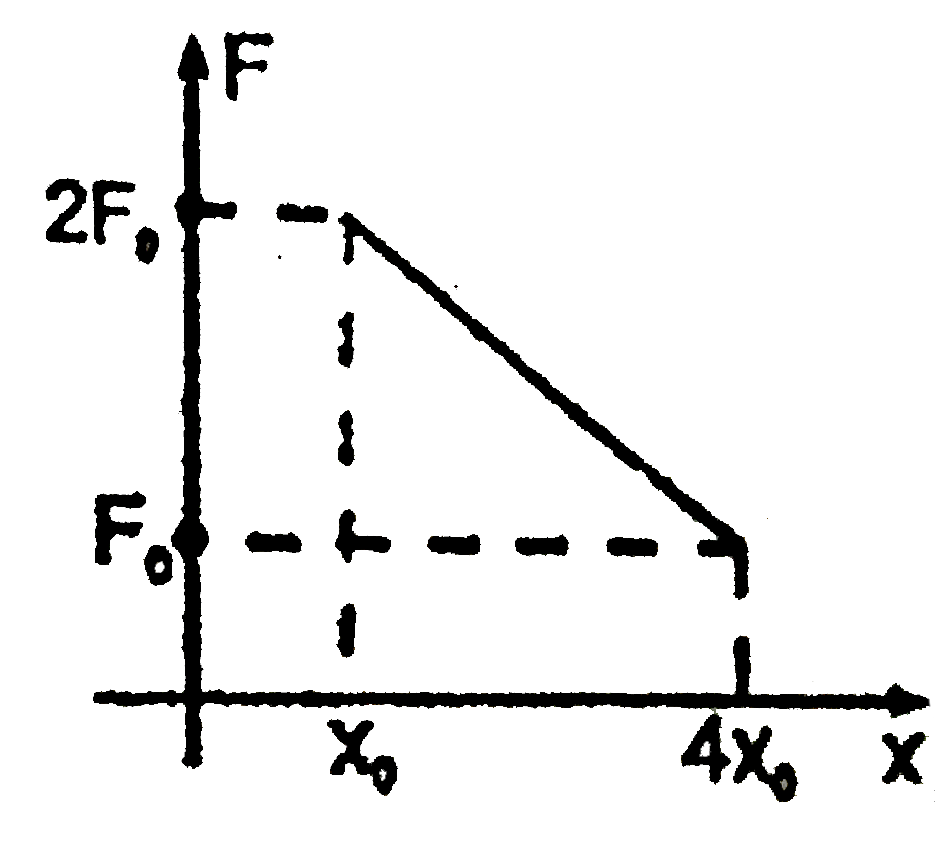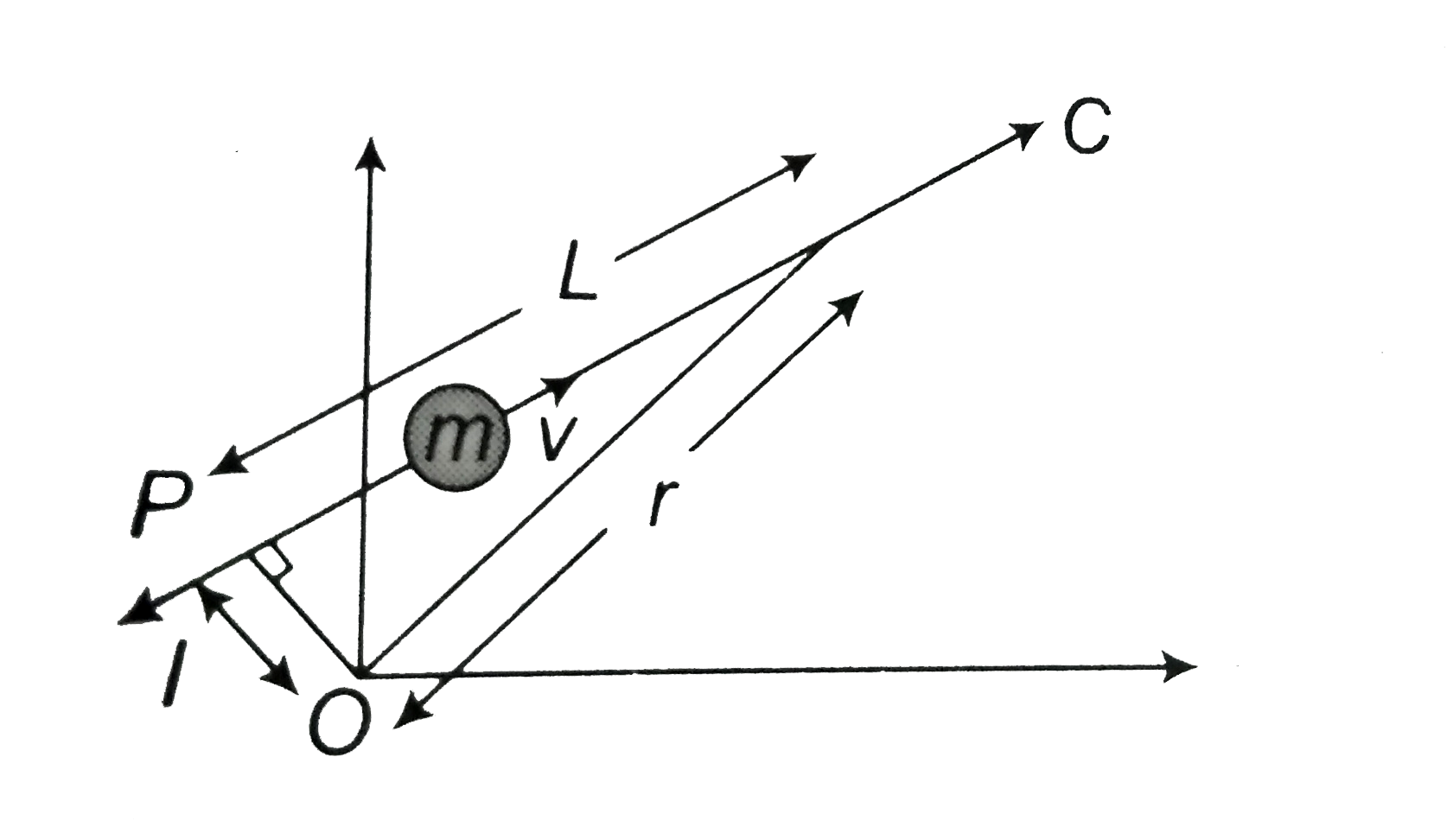A particle of mass m moving along a straight line is acted on by (always directed against the motion) F−beαv where b and α are postive constants and x is the velocity. At t-0 it is moving with velocity V0. At what time does it come to rest?
mαb(1−e−αv0)
mαb(eαv0−1)
mαbe
mαbe−αv0
mdvdt=−be+av
⇒∫0v0e−avd(−v)=∫t00bmdt
eav0−1=btm
Topper's Solved these Questions
- TEST PAPERSBOOK - BANSALCHAPTER - TEST PAPERSEXERCISE - PHYSICS PART (A)
32 Videos
- TEST PAPERSBOOK - BANSALCHAPTER - TEST PAPERSEXERCISE - PHYSICS PART (B)
3 Videos
- TEST PAPERSBOOK - BANSALCHAPTER - TEST PAPERSEXERCISE - PHYSICS PART- C
4 Videos
- SEMICONDUCTORSBOOK - BANSALCHAPTER - SEMICONDUCTORSEXERCISE - CBSE Question
32 Videos
Similar Questions
A particle of unit mass is moving along x-axis. The velocity of particle varies with position x as v(x). =αx−β (where α and β are positive constants and x>0 ). The acceleration of the particle as a function of x is given as
View SolutionA particle located at position x=0, at time t=0, starts moving along the positive x-direction with a velocity v2=αx (where alpha is a positive constant). The displacement of particle is proportional to
View Solution
Knowledge Check
A particle of mass m moving along a straight line is acted on by a retrading force (always directed against the motion) F=beαv, where b abd α are positive constant and v is the velocity. At t=0 it is moving with velocity v0. At what time does it come to rest ?
Amαb(1−e−αv0)Bmαb(eαv0−1)Cmαbeαv0Dmαve−αv0A particle moves with an initial velocity V0 and retardation αv , where α is a constant and v is the velocity at any time t.
Velocity of particle at time is :Av=αt2Bv=V0−αtCv=V0lnαtDv=V0e−αtA particle of mass m moving along a straight line experiences force F which varies with the distance x travelled as shown in the figure. If the velocity of the particle at x0√2F0x0m, then velocity at 4x0 is
 A2√2F0x0mB2√F0x0mC√F0x0mDnone of these
A2√2F0x0mB2√F0x0mC√F0x0mDnone of these
A particle in moving in a straight line such that its velocity is given by v=12t−3t2, where v is in m//s and t is in seconds. If at =0, the particle is at the origin, find the velocity at t=3s.
View SolutionA particle of mass m is moving along the line y-b with constant acceleration a. The areal velocity of the position vector of the particle at time t is (u=0)
View SolutionA particle of mass m is moving on the XY-plane along a straight line y = d, with constant velocity v. Its angular momentum about the origin
View SolutionA particle of mass m moves along line PC with velocity v as shown. What is the angular momentum of the particle about O?

View SolutionA particle moves in a straight line so that its velocity at any point is given by v2=a+bx, where a,b≠0 are constants. The acceleration is
View Solution
